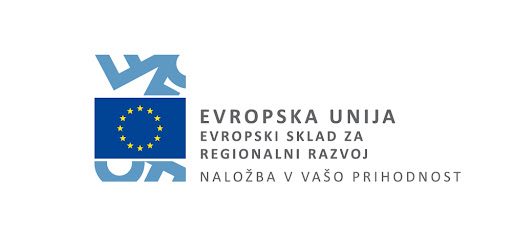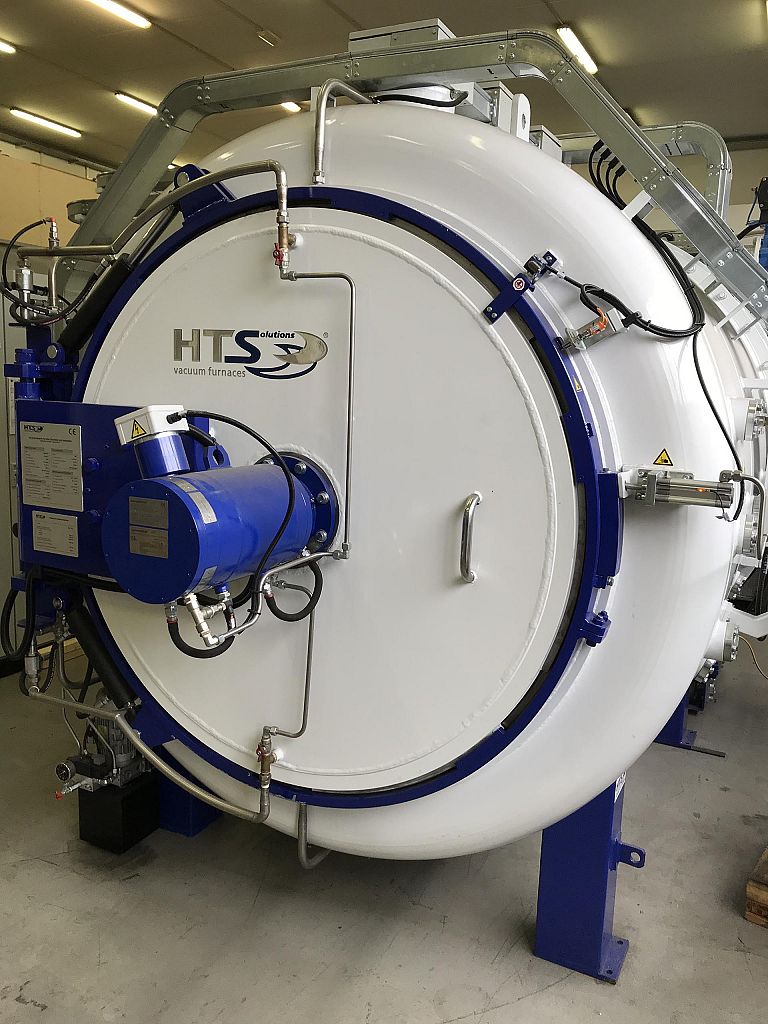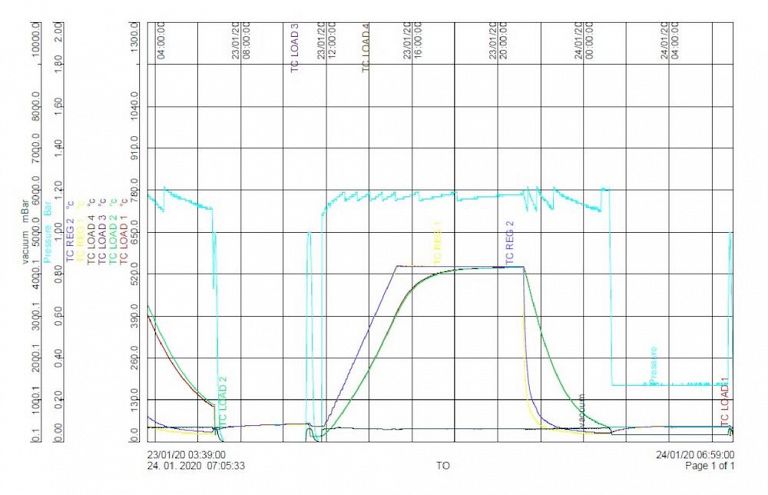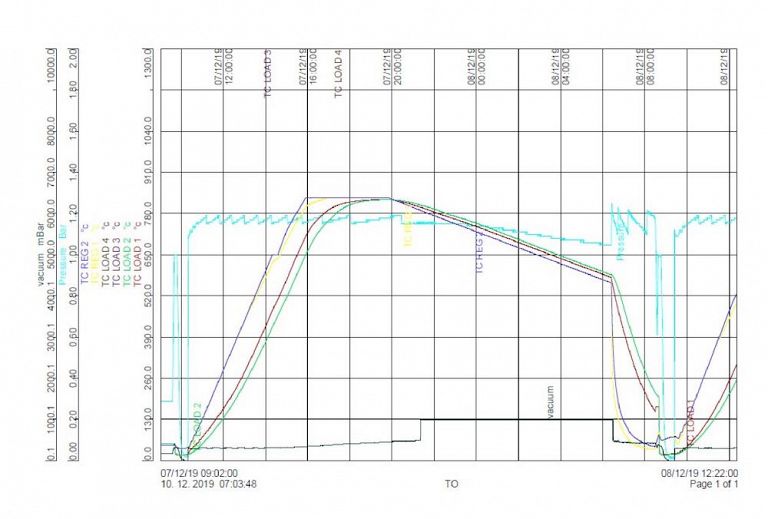Heat treatment is carried out before and after welding to improve weldability.
Tempering
We temper already hardened or honed tool steels after the welding process, after fine machining, before the first batch of casting, and during casting after a certain number of shots. This process releases the internal stresses in the tool caused by welding, machining or dynamic temperature loads on the material during casting. This heat treatment process extends tool life, reduces wear, and ensures the desired hardness and structural stability in the casting process.
Soft annealing
Soft annealing is used to heat-treat all tools that we want to reduce the hardness of or soften for easier machining, but we also typically soft anneal tools before hardening to ensure a fine-grained structure and the homogeneity of the material across the entire cross-section. This process improves the machinability of the tool, eliminates back stresses and increases ductility.



